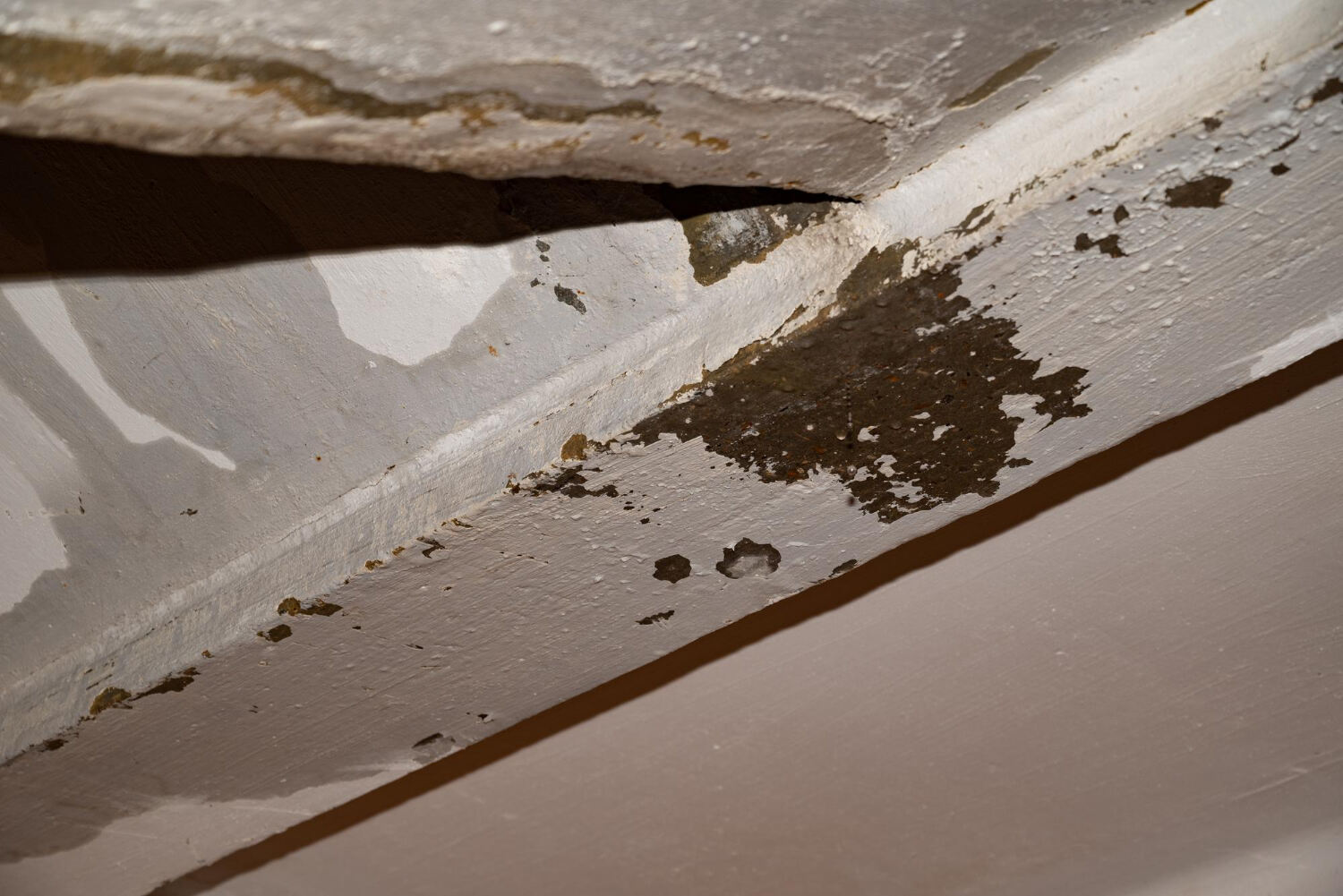Roof leaks can cause serious problems for any homeowner. From water damage to mold growth, a leaking roof can lead to expensive repairs and health hazards. Understanding the common causes of roof leaks can help you prevent them from happening in the first place. Keeping an eye on your roof and knowing what to look for can save you time and money in the long run.
Sometimes, spotting the signs of a roof leak is straightforward. Damaged shingles, clogged gutters, and cracked flashing are all red flags. But leaks can also be sneaky, coming from places you might not think to check. Learning how to identify the source of a leak, both inside and outside your home, is crucial.
Fixing a minor roof leak might be something you can handle yourself. Simple repairs, like patching up small holes or sealing cracks, can make a big difference. However, not all leaks are easy to fix. Knowing when to call in a professional can help you avoid bigger issues down the road. Let’s dive into some of the most common causes of roof leaks and how you can address them.
Common Causes of Roof Leaks
Roof leaks often start from damaged shingles. Shingles can get damaged from strong winds, heavy rain, or falling tree branches. When shingles are cracked, curled, or missing, your roof’s protective barrier is compromised. Water can easily seep through these openings, leading to leaks inside your home.
Another common cause of roof leaks is clogged gutters. Gutters are designed to channel water away from your roof and home. When they are filled with leaves, dirt, or debris, water can overflow and pool around the edges of your roof. This water buildup can seep under the roofing materials and cause leaks. Regularly cleaning your gutters can help prevent this issue.
Cracked flashing is another culprit behind roof leaks. Flashing is the material used to seal joints and seams around roof features like chimneys, vents, and skylights. Over time, flashing can crack or corrode, creating gaps where water can enter. Inspecting and maintaining the flashing on your roof can help prevent leaks.
Identifying a Roof Leak
Locating the source of a roof leak can be tricky but is crucial for proper repair. Start by looking inside your home. Check for water stains on the ceiling or walls. These stains are usually brown or yellow and may grow in size during a rainstorm.
Next, inspect the attic. Look for damp spots, mold growth, or any signs of water. Sometimes, you might see light coming through the gaps in the roof boards, which indicates a potential entry point for water. Trace the path of the water stains to find the leak’s origin.
After inspecting the interior, move to the roof itself. Examine the shingles for any damage or missing pieces. Check the flashing around vents, chimneys, and skylights for any cracks or gaps. Also, make sure to inspect the gutters for any clogs or signs of water damage. By thoroughly inspecting both inside and outside, you can better pinpoint where the leak is coming from.
DIY Fixes for Minor Roof Leaks
For minor roof leaks, you can often make repairs yourself. One simple fix is patching small holes. Start by cleaning the area around the hole thoroughly. Cut a piece of roofing material that matches your existing roof. Apply roofing cement around the hole, then press the patch into place. Make sure it is securely attached and cover the edges with more roofing cement to seal it fully.
Another common DIY repair involves sealing cracks in flashing. Use a putty knife to apply roofing cement over the cracked area. Smooth it out to cover the crack completely. For more severe cracks, you might need to replace the flashing altogether. Remove the old flashing carefully and fit a new piece in its place, securing it with roofing nails and sealing it with roofing cement.
Clogged gutters can cause leaks, but they are easy to fix. Use a ladder to reach your gutters and remove any debris you find. Flushing the gutters with water will help ensure they are clear and functioning properly. Regular gutter maintenance can prevent water from pooling on your roof and causing leaks.
When to Call a Professional for Roof Repairs
Sometimes, roof repairs are too complex or dangerous to handle on your own. If the leak is large or if you cannot find the source, it’s time to call a professional. Extensive water damage, multiple leaks, or structural issues are all signs that you need expert help. Professionals can also handle repairs on steep or high roofs that would be risky for homeowners to attempt.
Choosing the right contractor is important for getting quality repairs. Look for a company with good reviews and proper licensing. Ask for references and check their previous work. Get a detailed estimate before any work begins, so you know what to expect. A professional like Mega Pro can provide the expertise needed to fix your roof correctly and safely.
Conclusion
Understanding the common causes of roof leaks and knowing how to identify them can save you a lot of trouble. Minor repairs can be handled with a little know-how and the right tools. For bigger or more complicated issues, calling a professional is the best option. Regular roof maintenance and inspections can also help catch problems early, preventing costly damage.
If you notice signs of a roof leak or need professional assistance, don’t hesitate to reach out to Mega Pro. With our expert team of roofing contractors in Union, NJ, we can assess and repair your roof, ensuring your home stays safe and dry. Schedule your consultation today!


